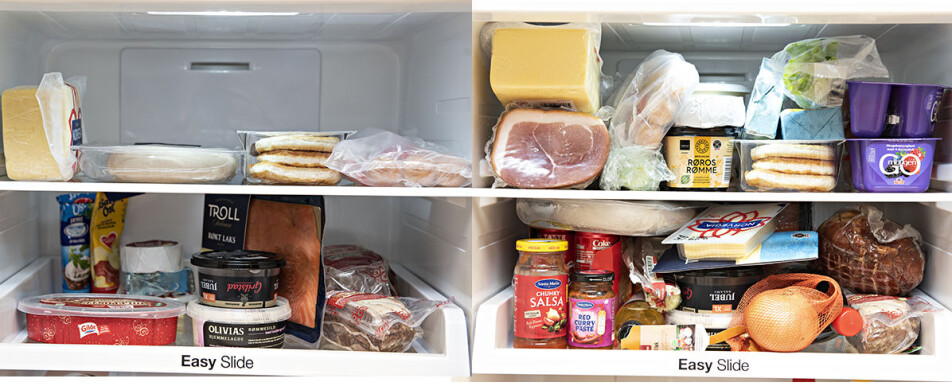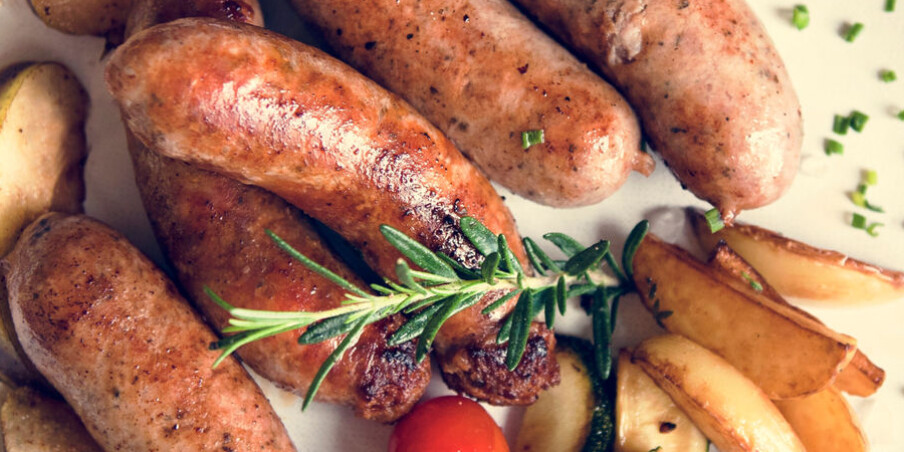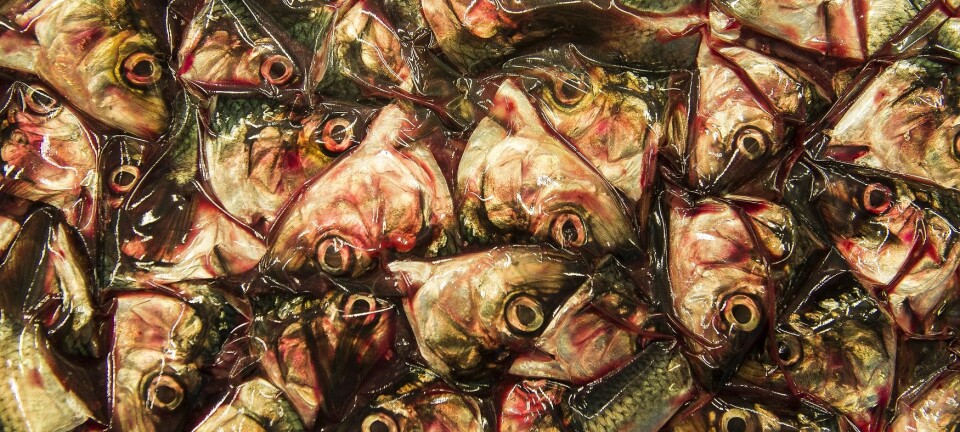This article was produced and financed by Nofima The Norwegian Institute of Food, Fisheries and Aquaculture Research - read more

What should you do if your fridge is brimming with leftovers after the holidays?
Good food is part of celebrating Christmas and the new year. This often results in a well-stocked refrigerator, which could give you less chance of seeing what is actually in there and when it is going to go out of date, making it easy to leave food for too long before it is eaten.
As a rule of thumb, by reducing the temperature of your fridge from 8°C to 4°C, you can keep food twice as long before it becomes unsafe or spoiled.
In the EU SafeConsume project researchers from Norway, Portugal, France, England and Romania checked the fridge temperatures in 75 European kitchens. Temperatures were logged during a period up to 14 days on the shelf where consumers typically stored perishable foods.
The mean temperature was 5.5°C, and in one out of three refrigerators the temperature was over 6°C.
Disturbingly the highest refrigerator temperatures were found in households with the elderly. In this group, the highest measured temperature was above 12°C, and the average temperature was almost 7°C. This is serious because this group is among the most vulnerable in terms of food-borne infection, and particularly listeriosis, says senior Scientist Solveig Langsrud in Nofima. She is also the project leader of SafeConsume.

Watch out for Listeria monocytogenes
Listeria monocytogenes can cause the disease listeriosis, which has a high mortality rate. Whilst bacteria such as Salmonella or E.coli don’t grow under normal refrigeration conditions, Listeria can, and if the fridge temperature exceeds 4°C, these bacteria grow even faster than usual, but you won’t notice any difference in taste or smell. Elderly people, pregnant women and immuno-compromised persons are particularly vulnerable to listeriosis.
“Pay extra attention to ready-to-eat food marked with use-by date, such as soft cheeses, cold cuts and cold smoked fish,” says one of the scientist behind the study, Dr. Daniela Borda from the Faculty of Food Science and Engineering from Galati, Romania
However, for home-made food, there is no use-by date and it can be difficult to decide how long it can be stored. Cooked or fried dinner leftovers should be cooled down quickly and should be reheated thoroughly before eating. Such leftovers can be stored safely for 5-6 days in a refrigerator if the maximum temperature is 4°C. but if the temperatures goes up to 8 degrees, then food is only safe for a couple of days and it can quickly end up being thrown away.
So keeping food cold, below 4°C and not keeping it for long is the safest thing to do.
You can’t tell the temperature of foods by touching them
The scientists in SafeConsume also investigated if people could determine the fridge temperatures by touching foods. The answer is clear: Unfortunately not.
320 consumers were asked to touch different refrigerated items, like a can of beer or a glass bottle, and guess the temperature. For items stored at 4 degrees celsius, people typically guessed temperatures of 2-3 degrees. More worryingly, for items stored at 8 degrees, people typically presumed 3 to 5 degrees Celsius. In particular the temperature of cans was estimated to be lower than the actual temperature.
“Although fridges usually have a temperature display, this may be inaccurate, and doesn’t show you the food temperature. You need to measure inside with a thermometer and be aware that the temperature may differ between different shelves. The temperature in the door compartments is the highest, so avoid keeping perishable foods in the door,” says Daniela Borda.
References:
Loredana Dumitrașcu et.al.: Time-temperature profiles and Listeria monocytogenes presence in refrigerators from households with vulnerable consumers, Food Control, 2020.
Daniela Borda et.al.: Using tactile cold perceptions as an indicator of food safety-a hazardous choice, Food Control, 2020.
———
Read the Norwegian version of this article at forskning.no



































